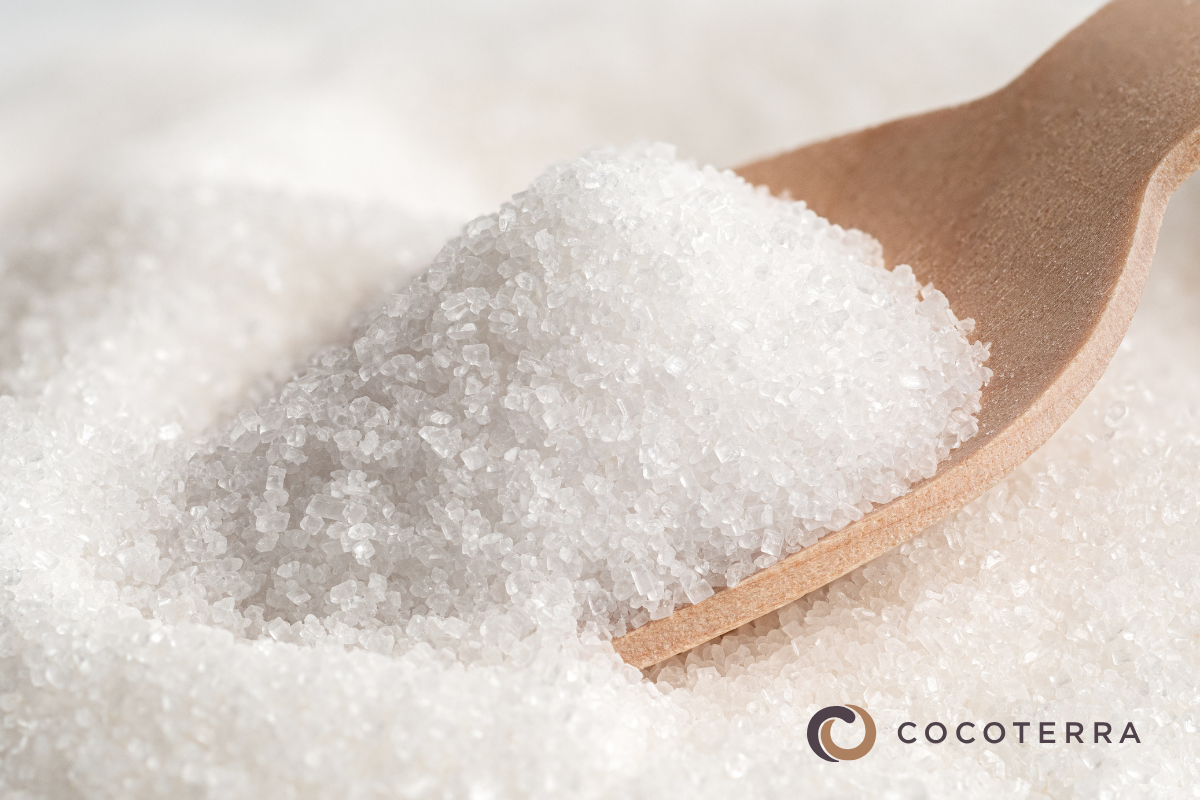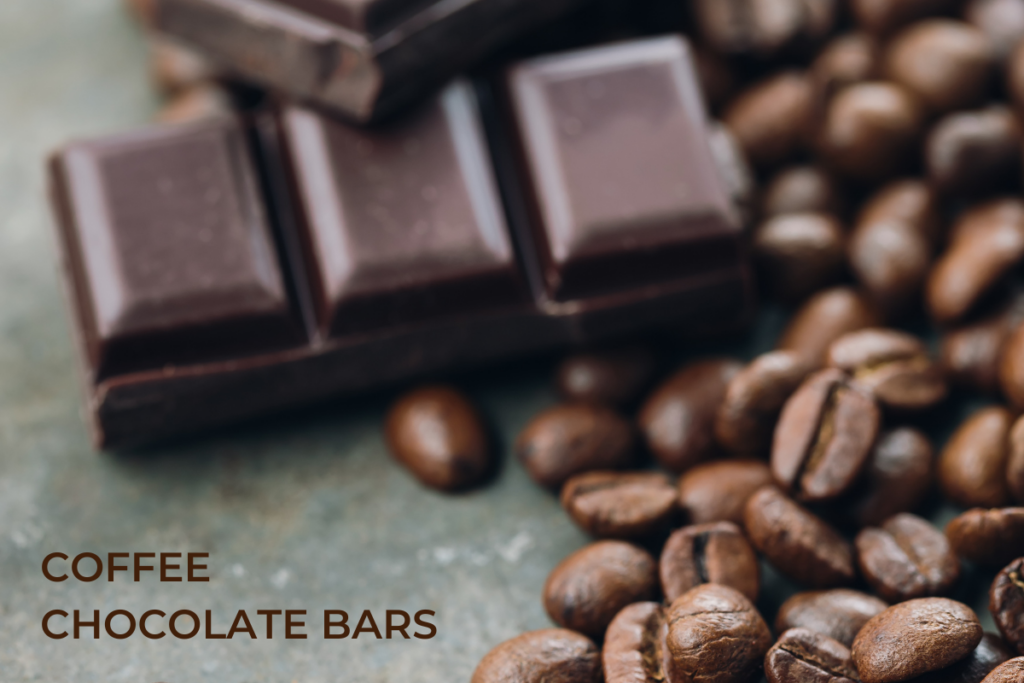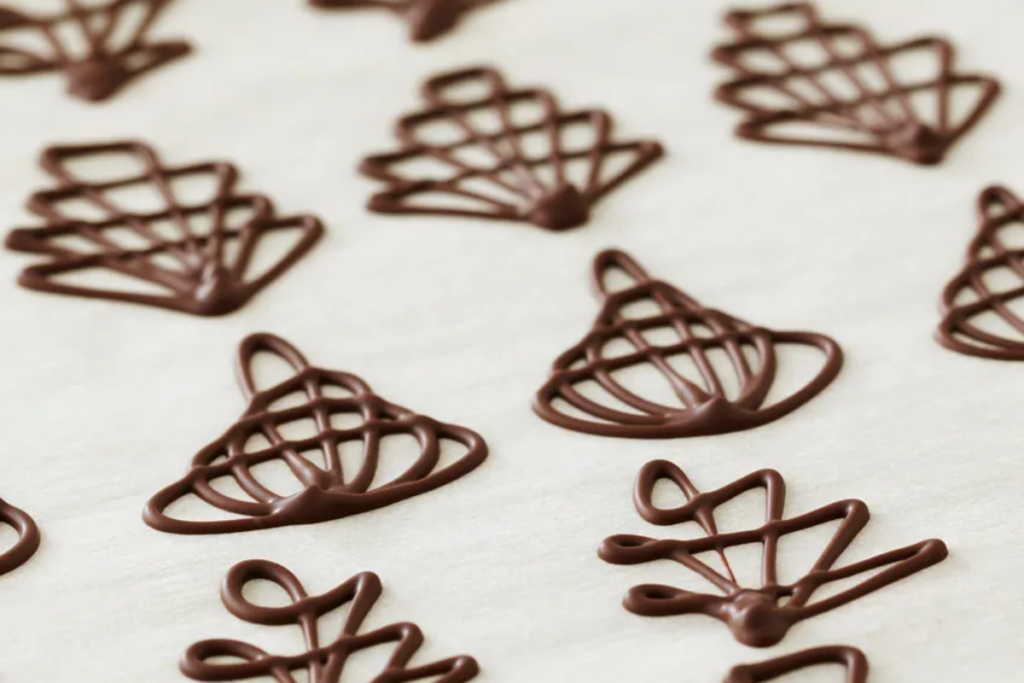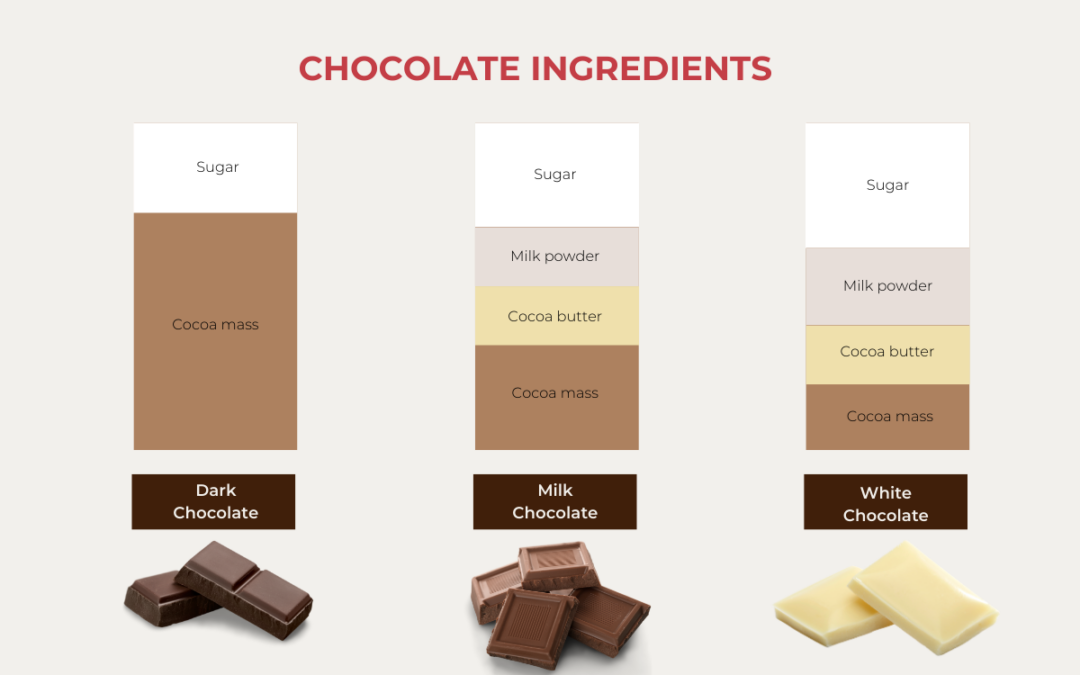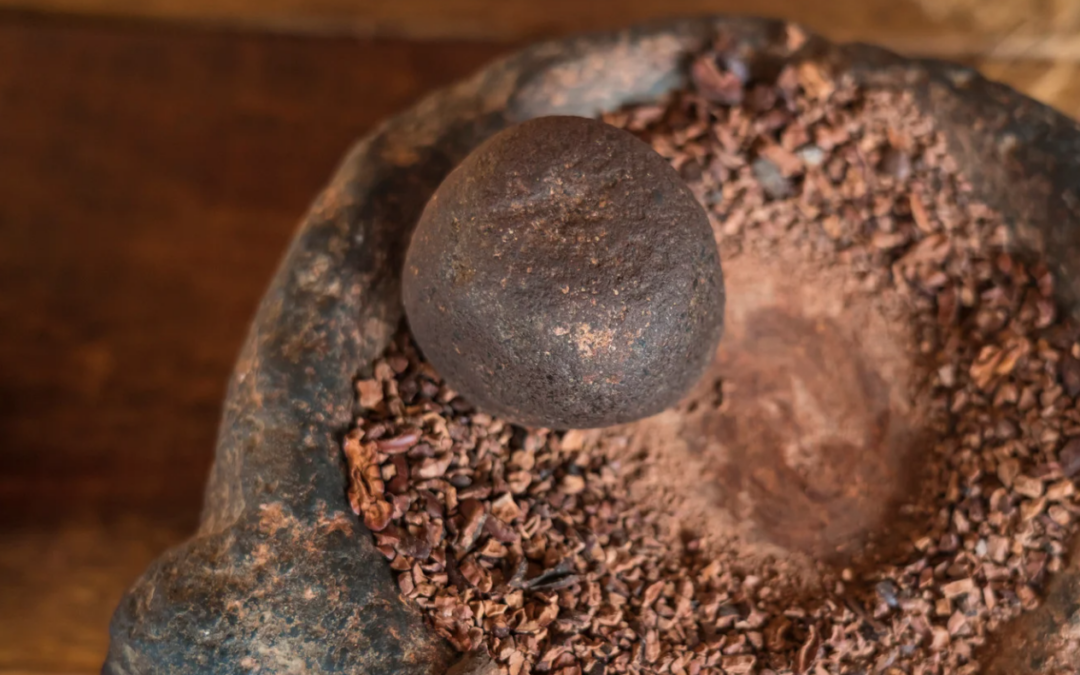Walk into any grocery store, and you’ll be greeted with an entire aisle dedicated to chocolate—rows upon rows of brands, flavors, and varieties. The choices are endless, from dark and intense to sweet and creamy. But amidst all these options, do you ever stop to ask, how much sugar is actually in these different chocolates? Or better yet, which one is most healthy and has the least sugar?
In today’s world, we’re increasingly mindful of sugar’s impact on our health, so making informed choices about our “treats” has never been more important. Not all chocolate is created equal, and understanding its sugar content can help you choose healthier, higher-quality options. While making your own chocolate is the best way to control sugar levels, you don’t always have the time or equipment to create it from scratch. For those moments when you rely on store-bought options, this article will guide you through the sweet details—breaking down sugar levels by type and brand, highlighting what to look for on labels, and helping you strike the perfect balance between indulgence and wellness.
Why does chocolate contain sugar?
Chocolate contains sugar primarily to enhance its flavor and balance the natural bitterness of cocoa, making it more enjoyable and appealing to a wider audience. Sugar also improves the texture of chocolate, acts as a preservative, and allows for a variety of types, from intensely dark to sweet milk chocolate. While sugar plays an important role, higher-quality chocolates often use less sugar and more cocoa solids to highlight the rich chocolate flavors, unlike mass-produced options that may rely on sugar to mask lower-quality ingredients and reduce costs.
Sugar levels in different types of chocolate
- Dark Chocolate: Dark chocolate typically contains the least sugar among chocolate types, especially varieties with higher cocoa percentages (70% or more). Sugar levels can range from 5 to 35 grams per 100 grams, depending on the brand and cocoa content.
- Milk Chocolate: Milk chocolate is sweeter than dark chocolate due to its lower cocoa content and the addition of milk solids which contain lactose, a natural milk sugar. Sugar levels are usually between 30 and 50 grams per 100 grams, making it a popular choice for those who prefer a milder flavor.
- White Chocolate: White chocolate contains no cocoa solids, only cocoa butter, milk powder, and sugar, making it the sweetest option. It often has 45 to 60 grams of sugar per 100 grams.
- Sugar-Free and Low-Sugar Options: For those seeking healthier alternatives, sugar-free chocolates sweetened with stevia, monk fruit, erythritol, or other substitutes are available. These typically contain little to no added sugar but may have a different flavor profile and texture.
Calculate sugar content at a glance
For those who don’t want to have to read the label details on the back of every chocolate bar of interest, here’s a quick tip on how to quickly calculate the sugar content. For most dark chocolates, the “% Cacao” is often marked on the front of the packaging. If a dark chocolate bar is marked “70% Cacao”, then the sugar content is the remaining percentage, 30% in this case. This is true of all dark chocolate bars. The simple calculation is:
100% – [Cacao %] = sugar %
Does that mean that your favorite 50% dark chocolate bar is half sugar?!?! Yes!!
Learn more about the meaning of “% cocoa” and understand why some chocolates with the same % cacao are actually different.
Choosing low-sugar chocolate options
Choosing low-sugar chocolate is easier when you know what to look for:
- Go for high cocoa content: Choose dark chocolate with 70% cocoa or more for naturally lower sugar levels.
- Read the labels: Avoid chocolates where sugar is listed as the first ingredient and it includes other artificial ingredients. Avoid ulta-processed chocolate with ingredients you don’t recognize.
- Try sugar-free alternatives: Opt for chocolates sweetened with stevia or other natural substitutes.
- Select minimal ingredients: Look for chocolates with simple ingredients like cocoa, cocoa butter, and little or no added sugar.
- Make a bold move: Try 100% dark chocolate which contains zero sugar (we suggest that you slowly build yourself up to that intensity).
Sugar content of popular brands
The sugar content in chocolate varies widely across commercial brands. Here’s a quick breakdown of some popular options per serving.
- Dark Chocolate
- Lindt 70% Dark Chocolate: 9g sugar
- Hu Chocolate – 70% Simple dark chocolate: 7g sugar
- Hershey’s Special Dark: 20g sugar
- Milk Chocolate
- Tony’s chocolate Milk: 15g sugar
- Hershey’s Milk Chocolate: 25g sugar
- Crunch bar: 24g sugar
- White Chocolate
- Lindt Classic White Chocolate: 16g sugar
- Hershey’s Cookies ‘N’ Creme: 21g sugar
- Sugar-Free Options
- Lily’s Dark Chocolate (Stevia-Sweetened): 3g sugar
It’s important to understand the nutritional value of chocolate and the foods we eat, so get to know your chocolate and make healthy and informed choices.
For more great articles and recipes, check out the rest of our CocoTerra blog.
If you have any questions or comments, feel free to contact us through our social media channels. We are @cocoterra_co on Instagram and Pinterest and @cocoterraco on X (aka Twitter) and Facebook.

